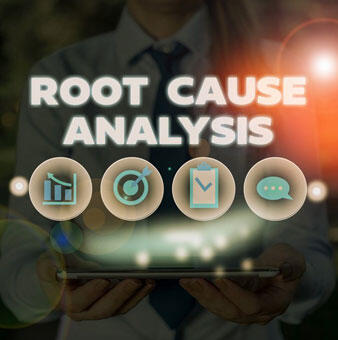


Mr. Hileman taught Environmental Auditing at university extension for many years. He has mentored colleagues, clients, and other audit professionals – and still does. “I learn something from every audit; Doug really is the auditor ‘here to help us’” is a frequent comment.
Mr. Hileman has been in the forefront of developing auditing practices and techniques for several types of audits involving ESG: compliance audits (early 1980s); business transaction assessments (early 1980s); industrial property transactions (mid 1980s); environmental impairment liability (1990s); environmental liabilities per new Sarbanes-Oxley requirements (2002 – 2008); Sustainability reports (2000s); and conflict minerals (2013) and conflict minerals, to name a few.
Mr. Hileman has been the go-to person for “special purpose audits”, such as audits to terms of contracts, consent decrees, or project plans. In the IIA’s widely referenced “Three Lines” governance model, he has experience in environmental, health & safety, and sustainability audits reporting to Management (“second line”), and Internal Audit (“third line”). The IIA’s Three Lines model mentions external assurance, but fails to assign it a category – in reality, this is a “fourth line” of governance. DHC has worked them all.

Audit findings matter – especially in audits visible to external parties. Audit sponsors and users will expect auditees to take corrective measures per the audit report. DHC has seen auditees spend time, money, and operational resources to address “recommendations” that were not in scope, not supported, did not address the underlying problem, and/or not aligned with the organization’s goals. Auditees can challenge findings that don’t make sense. Auditees can even vet or select their auditors to obtain a quality product, learn from the exercise, and actually improve their ESG performance.